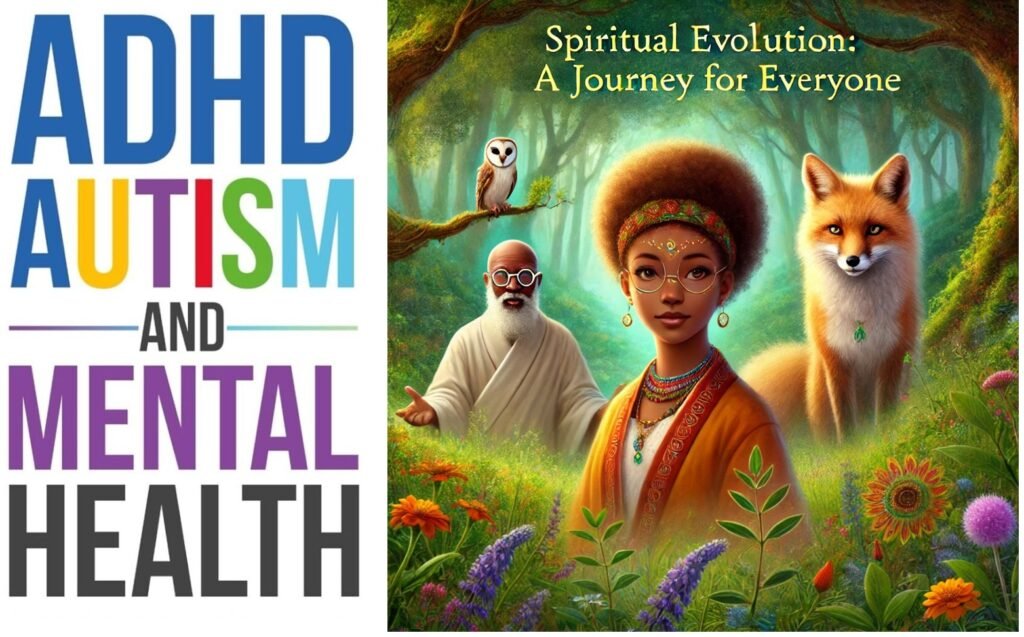_____________________________________________________________________________________
Expanding My Personal Learning Network: A Pathway to Professional Growth
In the ever-evolving field of education, staying connected with peers, mentors, and experts is crucial for continuous professional development. One of the most effective ways to achieve this is by cultivating a robust Personal Learning Network (PLN). Unlike traditional learning models, PLNs are flexible, self-directed, and tailored to individual needs, making them essential for educators looking to stay current and foster collaboration. Here’s a look into my current PLN, the benefits it offers, and my plans for expansion.

My PLN currently includes platforms like YouTube, LinkedIn, Udemy, Canvas Network, and Facebook. Each of these platforms offers unique opportunities for professional growth:
To further enhance my professional development, I plan to expand my PLN by joining the following platforms:
Belonging to a PLN offers numerous benefits that extend beyond just information sharing. Here are some of the key advantages:
Maintaining and expanding my Personal Learning Network is a continuous journey that significantly contributes to my professional development. By connecting with a global network of educators and accessing diverse resources, I can stay informed, collaborate effectively, and consistently improve my teaching practices. Expanding my PLN to include platforms like ISTE, Edutopia, and TeachThought will not only support my goals as an educator but also enrich the learning experiences I provide to my students.
As educators, we must recognize the transformative power of PLNs and actively seek opportunities to grow these networks. By doing so, we can enhance our skills, connect with like-minded professionals, and ultimately, make a greater impact in our classrooms.
References
Canvas Network. (n.d.). Canvas Network. https://www.canvas.net
Edutopia. (n.d.). Edutopia. https://www.edutopia.org
Facebook. (n.d.). Facebook. https://www.facebook.com
Goria, C., Konstantinidis, A., Kilvinski, B., & Dogan, B. E. (2019). Personal learning environments and personal learning networks for language teachers’ professional development. In C. N. Giannikas, E. Kakoulli Constantinou, & S. Papadima-Sophocleous (Eds.), Professional development in CALL: A selection of papers (pp. 87-99). Research-publishing.net.
Haas, M. R. C., Haley, K., Nagappan, B. S., Ankel, F., Swaminathan, A., & Santen, S. A. (2020). The connected educator: Personal learning networks. The Clinical Teacher, 17(4), 373-377.
International Society for Technology in Education. (n.d.). ISTE. https://www.iste.org
Javorcik, T., & Polasek, R. (2019). Practical application of microlearning in education of future teachers. In Proceedings of the European Conference on e-Learning (pp. 254-259).
LinkedIn. (n.d.). LinkedIn. https://www.linkedin.com
TeachThought. (n.d.). TeachThought. https://www.teachthought.com
Tipton, S. (2022). Small-scale learning can reap big rewards: Myths about microlearning are preventing the modality from being as effective as it can be. TD: Talent Development, 36-41.
Udemy. (n.d.). Udemy. https://www.udemy.com
Vasquez, S. (2020). Developing an online learning environment for community college students enrolled in human anatomy & physiology and microbiology courses amid the COVID-19 pandemic. Electronic Journal for Research in Science & Mathematics Education, 24(3), 53-59.
YouTube. (n.d.). YouTube. https://www.youtube.com
Winger, A. (2018). Supersized tips for implementing microlearning in macro ways. Distance Learning, 15(4), 51-54.
About the Author

Jossie Gallizia (known as Mr. G) is a transformative educator and the visionary behind Trailblazer Academy Consultant Services. Overcoming intellectual disabilities such as autism, dyslexia, and ADHD, Jossie has dedicated 19 years to empowering learners and closing achievement gaps. His journey from adversity in West Africa to becoming a leader in education fuels his passion for creating inclusive, innovative learning environments.
Author of “Solved Autism: Transforming Disability into Genius” and “Spiritual Evolution, A Journey for Everyone,” Jossie is committed to unlocking the potential of every student. His work in the Dallas Independent School District and Uplift Education has dramatically improved outcomes for students with special needs. Through his math and behavior management systems, Jossie continues to inspire educators and uplift communities worldwide.

Contact Information: